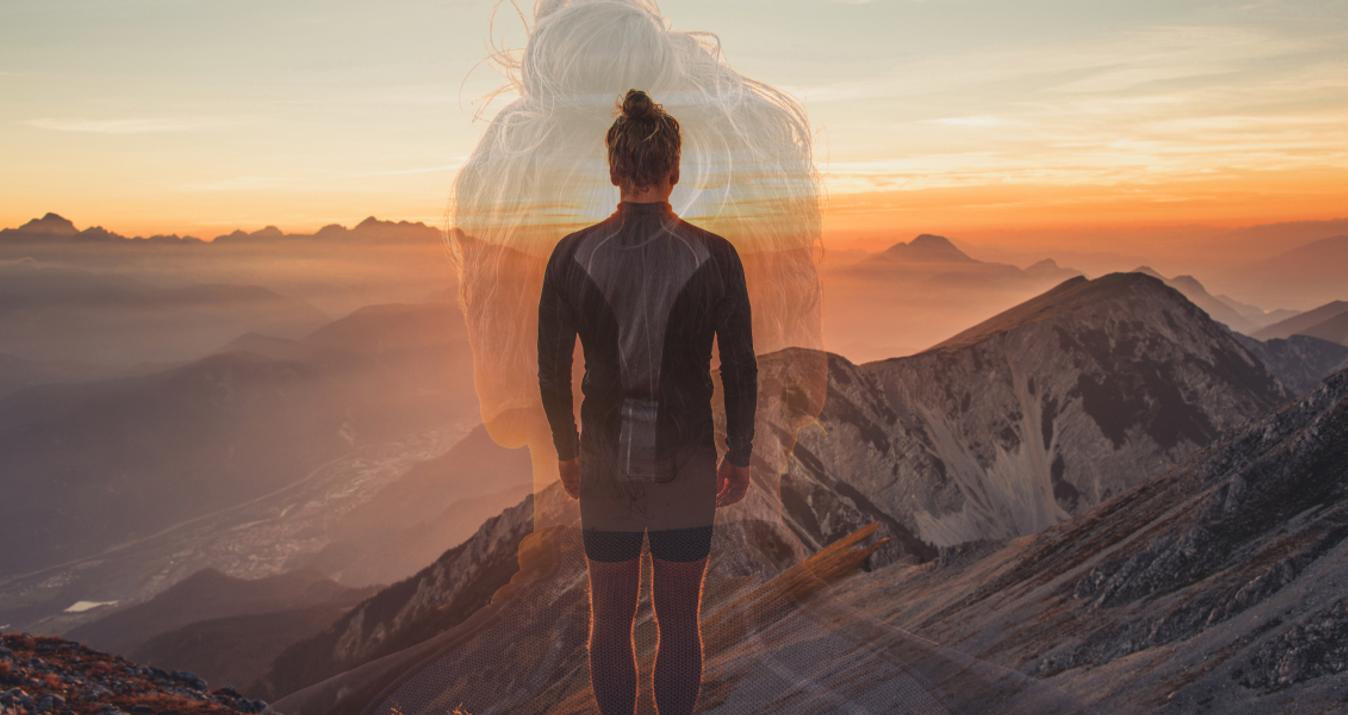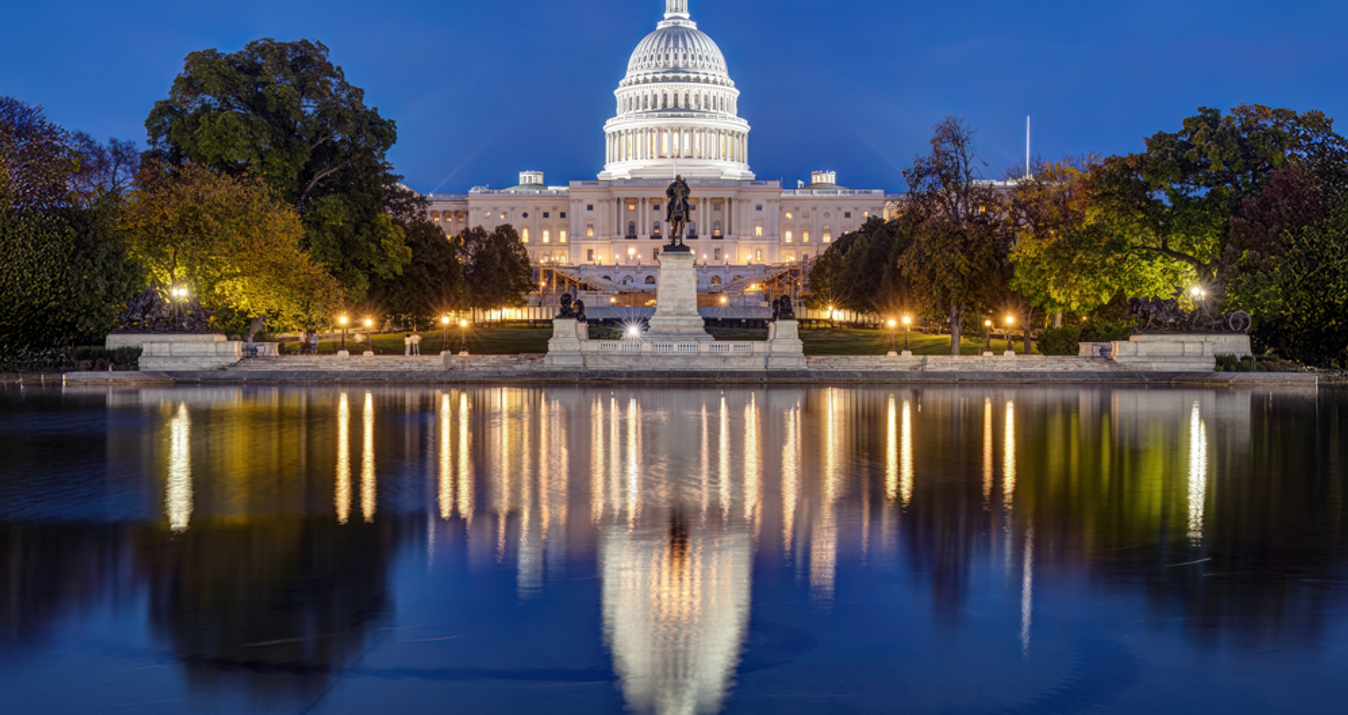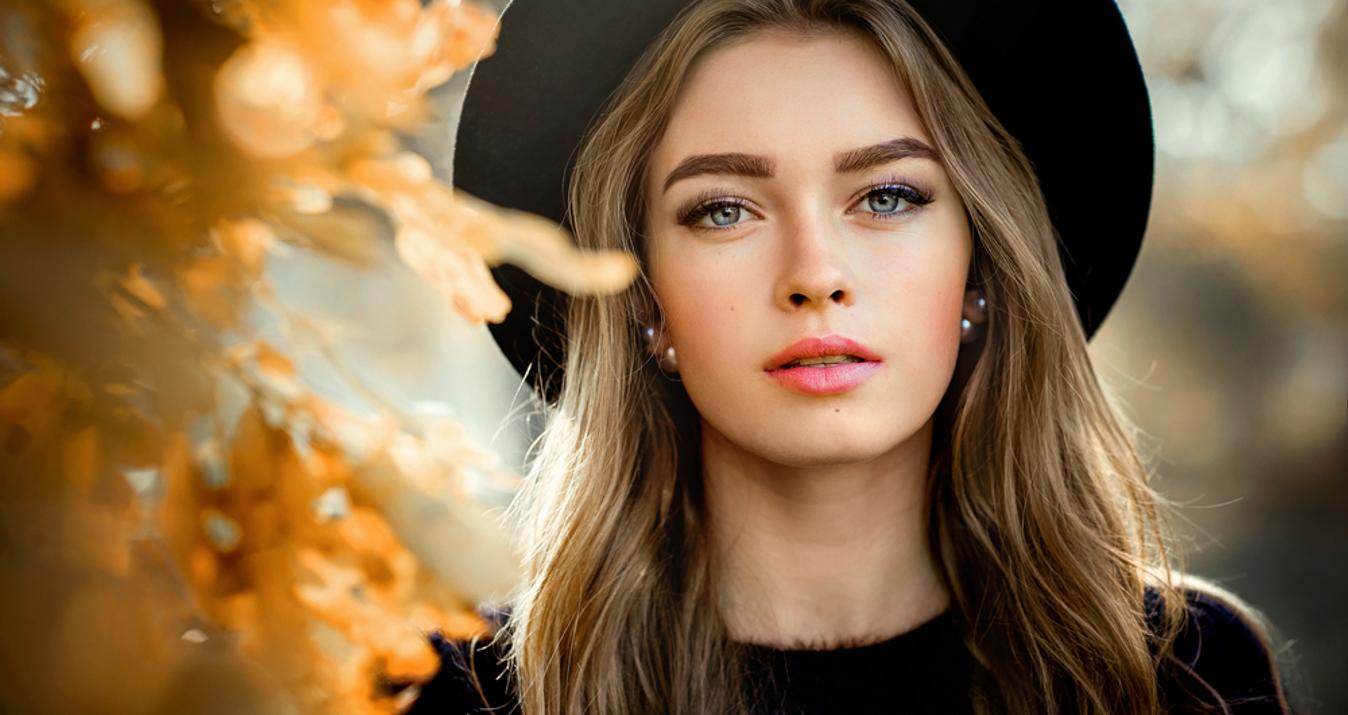
January 12, 2026
Best Practices For Automated Portrait Retouching
When it comes to portrait retouching, the manual approach just isn’t for me. Path drawing, masks, and needing the steady precision of a master watchmaker around the subject’s hair makes the whole process rather unenjoyable for me. So, I for one, am extremely grateful for automated retouching. It comes with a whole host of benefits including time saving, which has helped speed up my workflow and get me back out shoot rather than long editing sessions sat in front of my computer.

January 12, 2026
How To Restore Old Photos Online: Quick Tips

January 09, 2026
Stand-Out Jewelry Photography Ideas To Capture The Sparkle

January 08, 2026
Guide to Candle Photography: Tips for Stunning Results

January 08, 2026
Full Guide To Luminar Neo File Management Options

January 07, 2026
How Sky Replacement Works In Photoshop Step By Step

January 07, 2026
Achieving Consistent Results With Luminar Neo Generative AI Tools

January 06, 2026
ChatGPT Photoshop Integration: How It Is Really Working

January 06, 2026
Why Luminar Is The Best Choice For Beginners In Photo Editing

January 05, 2026
Nano Banana Prompt Examples For Your Workflow
Most Popular

February 06, 2025
Double Exposure: Exploring the Art of Layered Realities
Discover the creative world of double exposure photography! Learn how to blend images, experiment with layered compositions, and create surreal, artistic visuals.
Learn More

April 10, 2025
Best Places To Travel In The US For Every Kind Of Traveler
Ready to explore America? Find the best places to visit, when to go, and how to capture every destination with the perfect travel photos.
Learn More

July 01, 2025
Colorful Portrait Photography: Illuminate Your Story
Discover how to use color in portrait photography to create emotion, depth, and storytelling. Learn color theory basics, practical tips, and editing tricks to take your portraits to the next level.
Learn More
Subscribe to know first
Our delivery owl will bring you our best deals and news about Skylum news.
Thank you for subscribing!
Unlock Pro-Quality iPhone Photos with Our Free Guide! 📸
Gain instant access to simple yet powerful tips for enhancing composition, lighting, and editing—everything you need to transform your photos effortlessly!
👇 Fill out the form below to receive your guide directly via email.
Curiosity is the doorway to skill
Thank you for your interest! Discover the secrets to pro-quality photos in your guide, waiting in your inbox.
Try the request again later. If the error does not resolve, contact support.
Try Later